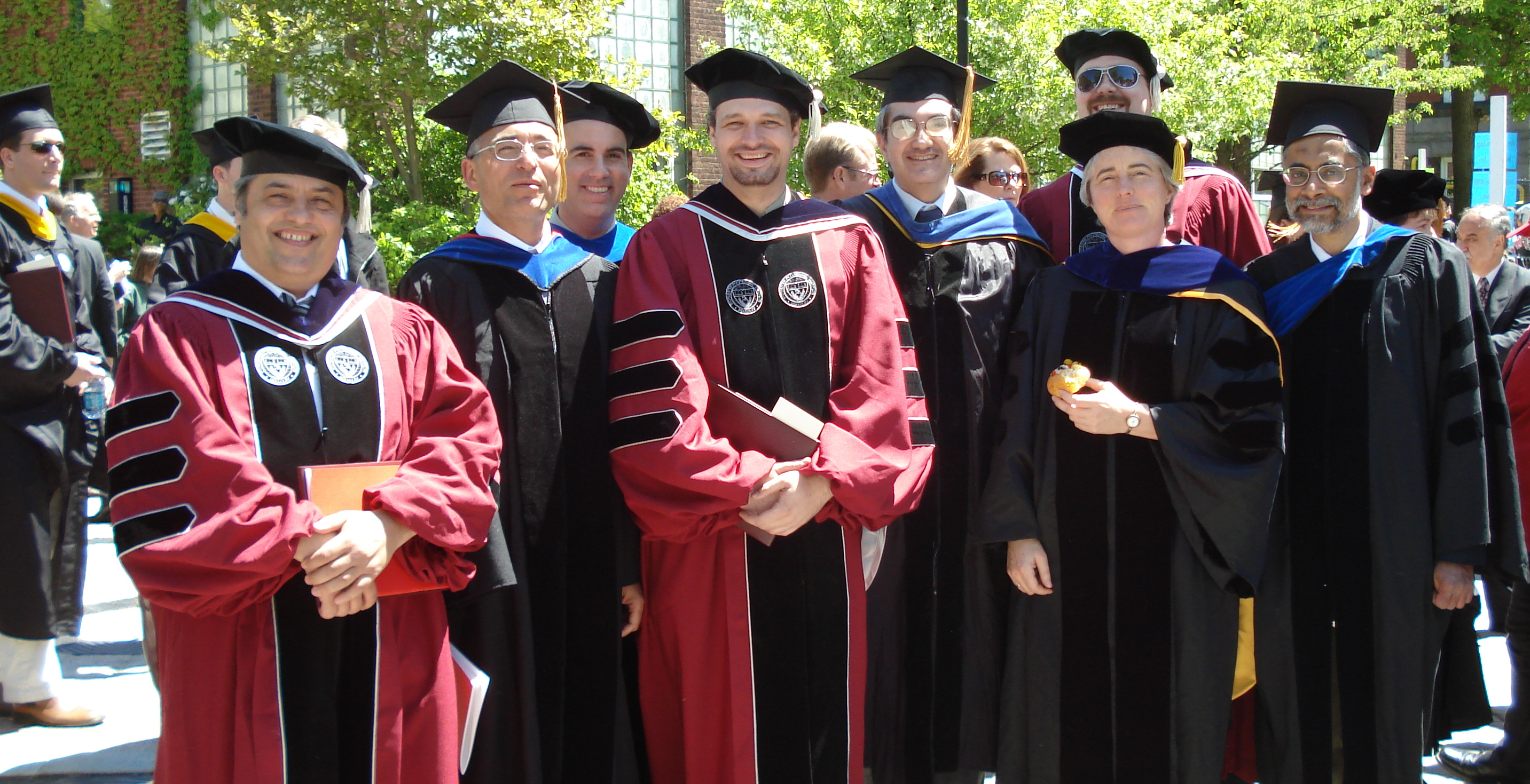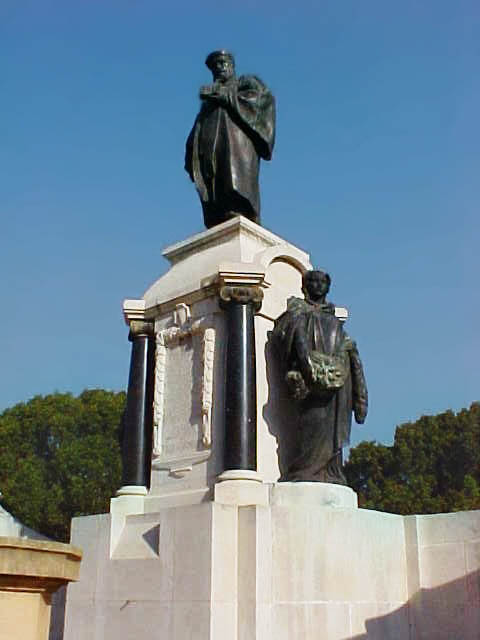|
College Of Engineering, Pune
The College of Engineering Pune (COEP) Technological University is a unitary public university of the Government of Maharashtra, situated in Pune, Maharashtra, India. Established in 1854, it is the 3rd oldest engineering institute in India, after College of Engineering, Guindy (1794) and IIT Roorkee (1847). The students and alumni are colloquially referred to as COEPians. On 23 June 2022, Government of Maharashtra issued a notification regarding conversion of the college into an independent technological university. On 24 March 2022, both the houses of the state government passed the CoEP Technological University bill, which has conferred a unitary state university status on the institute. History The institution was started in July 1854, as the "Poona Engineering and Mechanical School", to train public works department (PWD) officials and was housed in Bhawanipeth, Poona in three houses for teaching purpose and a separate house for principal to train subordinate officers ... [...More Info...] [...Related Items...] OR: [Wikipedia] [Google] [Baidu] |
State University (India)
In India, state universities are run and funded by the State governments in India, state government of each of the states of India. Following the adoption of the Constitution of India in 1950, education became a State List, state responsibility. Following a constitutional change in 1976, it became a Concurrent List, joint responsibility of the states and the central government. , the UGC lists 456 state universities. UGC Act Section 12 (B) of the UGC Act of 1956 also grants the UGC the right to "allocate and disburse, out of the Fund of the Commission, grants to Universities..." As such, the UGC categorizes state universities as either "declared fit to receive Central/UGC assistance under Section 12 (B) of the UGC Act–1956", or not, and notes this status at the lists published. Updates to these declarations are done in meetings of the UGC and published in the minutes. The latest list, published by the UGC on 17 May 2021, lists 252 universities fit to receive Central/UGC assist ... [...More Info...] [...Related Items...] OR: [Wikipedia] [Google] [Baidu] |
Theodore Cooke
Theodore Cooke, CIE, (born Tramore, County Waterford, January 6, 1836; died Richmond, London, November 5, 1910) was an Anglo-Irish engineer, educator, and botanist active in India. He is known for his leadership of the College of Engineering, Pune from 1865 to 1893 and his multi-volume ''Flora of the Presidency of Bombay'' (1901–1908). Career Cooke was the son of Rev. John Cooke, Rector of Ardfinnan, County Tipperary and was educated at Trinity College Dublin, graduating in 1859 in arts and engineering. He went to India in 1860 as an engineer for the Bombay, Baroda and Central India Railway. He erected the Vasai Creek Railway Bridge, completed in 1864. In 1865 he was made the director of the Civil Engineering College, later the College of Science, at Poona, where he remained for 28 years. During that time the college added programs in licenced and civil engineering, forestry, and agriculture and became affiliated with the University of Bombay. In 1893 he left India for England. ... [...More Info...] [...Related Items...] OR: [Wikipedia] [Google] [Baidu] |
Outlook India
''Outlook'' is a weekly general interest English and Hindi news magazine published in India. History and profile ''Outlook'' was first issued in October 1995 with Vinod Mehta as the editor in chief. It is owned by the Rajan Raheja Group. The publisher is Outlook Publishing (India) Pvt. Ltd. It features contents from politics, sports, cinema, and stories of broad interests. By December 2018, ''Outlook'' magazine's Facebook following had grown to over 12 lakh (1.2 million). Staff Editor Ujjwal Karmakar Editors-in-chief * Vinod Mehta (1995–2012) * Krishna Prasad (2012–2016) *Rajesh Ramachandran (2016–2018) Managing editors * Tarun Tejpal (1995 - March 2000) ''tehelka.com''. Retrieved 31 March 2013 Notable contributors * |
Doctor Of Philosophy
A Doctor of Philosophy (PhD, DPhil; or ) is a terminal degree that usually denotes the highest level of academic achievement in a given discipline and is awarded following a course of Postgraduate education, graduate study and original research. The name of the degree is most often abbreviated PhD (or, at times, as Ph.D. in North American English, North America), pronounced as three separate letters ( ). The University of Oxford uses the alternative abbreviation "DPhil". PhDs are awarded for programs across the whole breadth of academic fields. Since it is an earned research degree, those studying for a PhD are required to produce original research that expands the boundaries of knowledge, normally in the form of a Thesis, dissertation, and, in some cases, defend their work before a panel of other experts in the field. In many fields, the completion of a PhD is typically required for employment as a university professor, researcher, or scientist. Definition In the context o ... [...More Info...] [...Related Items...] OR: [Wikipedia] [Google] [Baidu] |
Indian Institute Of Science
The Indian Institute of Science (IISc) is a Public university, public, Deemed university, deemed, research university for higher education and research in science, engineering, design, and management. It is located in Bengaluru, Karnataka. The institute was established in 1909 with active support from Jamsetji Tata and thus is also locally known as the Tata Institute. It was granted a deemed university status in 1958 and recognized as an Institute of Eminence in 2018. History Foundations and early history After an accidental meeting between Jamsetji Tata and Swami Vivekananda, on a ship in 1893 where they discussed Tata's plan of bringing the steel industry to India, Tata wrote to Vivekananda five years later: "I trust, you remember me as a fellow-traveller on your voyage from Japan to Chicago. I very much recall at this moment your views on the growth of the ascetic spirit in India... I recall these ideas in connection with my scheme of Research Institute of Science for ... [...More Info...] [...Related Items...] OR: [Wikipedia] [Google] [Baidu] |
Indian Institutes Of Technology
The Indian Institutes of Technology (IIT) are a network of engineering and technology institutions in India. Established in 1950, they are under the purview of the Ministry of Education of the Indian Government and are governed by the Institutes of Technology Act, 1961. The Act refers to them as Institutes of National Importance and lays down their powers, duties, and framework for governance as the country's premier institutions in the field of technology. 23 IITs currently fall under the purview of this act. Each IIT operates autonomously and is linked to others through a common council called the IIT Council, which oversees their administration. The Minister of Education of India is the ex officio chairperson of the IIT Council. List of all Indian Institutes of Technology History In the late 1940s, a 22-member committee, headed by Nalini Ranjan Sarkar, recommended the establishment of these institutions in various parts of India, along the lines of the ... [...More Info...] [...Related Items...] OR: [Wikipedia] [Google] [Baidu] |
Graduate Aptitude Test In Engineering
The Graduate Aptitude Test in Engineering (GATE) is an Entrance examination (education), entrance examination conducted in India for admission to technical Postgraduate education, postgraduate programs that tests the undergraduate subjects of engineering and sciences. GATE is conducted jointly by the Indian Institute of Science and seven Indian Institutes of Technology, Indian Institutes of Technologies at IIT Roorkee, Roorkee, IIT Delhi, Delhi, IIT Guwahati, Guwahati, IIT Kanpur, Kanpur, IIT Kharagpur, Kharagpur, IIT Madras, Chennai (Madras) and IIT Bombay, Mumbai (Bombay) on behalf of the National Coordination Board – GATE, Department of Higher Education (India), Department of Higher Education, Ministry of Education (India), Ministry of Education (MoE), Government of India. The GATE score of a candidate reflects the relative performance level of a candidate. The score is used for admissions to various post-graduate education programs (e.g. Master of Engineering, Master of Te ... [...More Info...] [...Related Items...] OR: [Wikipedia] [Google] [Baidu] |
Master Of Engineering
A Master of Engineering (abbreviated MEng, ME, M.E. or M.Eng.) is a Professional degree, professional master's degree in the field of engineering. International variations Australia In Australia, the Master of Engineering degree is a research degree requiring completion of a thesis. Like the Master of Philosophy (M.Phil.), it is considered a lesser degree than Doctor of Philosophy (Ph.D.). It is not to be confused with Master of Engineering Science, Master of Engineering Studies or Master of Professional Engineering which are coursework master's degrees. Exceptions are Monash University which awards a Master of Engineering Science by either research or coursework, the University of Melbourne which offers a Master of Engineering by coursework, and the University of Tasmania which offer a Master of Engineering Science by research. Finland There are two distinct degrees in Finland: a taught university degree (''diplomi-insinööri'') and a polytechnic master's degree's (''Insinö ... [...More Info...] [...Related Items...] OR: [Wikipedia] [Google] [Baidu] |
Diploma In Engineering
The Diploma in Engineering, Diploma in Technology, Diploma in Technical Education, Diploma in Engineering & Technology is a program focused on practical and skills-oriented training . It is a technical course that only covers the essentials when ranked with an undergraduate engineering degree. It aims to provide students with industry or job related basic engineering knowledge, scientific skills, computing and analysis, mathematical techniques, a sound knowledge of English to communicate in the field and the ability to apply problem-solving techniques. Its duration is a minimum of three years. India recognises this as an equivalent to pre-engineering or a bridging course when considered for continuing studies in engineering related bachelors or associate degree programs. After successful completion of diploma in engineering course, students can either continue further engineering studies in undergraduate level or get employment as technicians, technologists, supervisors, superint ... [...More Info...] [...Related Items...] OR: [Wikipedia] [Google] [Baidu] |
Antiques Restoration
Conservation and restoration of movable cultural property is a term used to denote the conservation of movable cultural property items in libraries, archives, museums and private collections. Conservation encompasses all the actions taken toward the long-term preservation of cultural heritage. Activities include examination, documentation, treatment, and preventive care, which is supported by research and education. Object conservation is specifically the actions taken to preserve and restore cultural objects. The objects span a wide range of materials from a variety of cultures, time periods, and functions. Object conservation can be applied to both art objects and artifacts. Conservation practice aims to prevent damage from occurring, a process known as 'preventive conservation'. The purpose of preventive conservation is to maintain, and where possible enhance, the condition of an object, as well as managing deterioration risks, such as handling and environmental conditions. Histor ... [...More Info...] [...Related Items...] OR: [Wikipedia] [Google] [Baidu] |
Gymkhana
Gymkhana () (, , , , ) is a British Raj term which originally referred to a place of assembly. The meaning then altered to denote a place where skill-based contests were held. "Gymkhana" is an Anglo-Indian expression, which is derived from the Persian language, Persian word "''Jama'at Khana, Jamat-khana''". Most gymkhanas have a Gymkhana Club associated with them, a term coined during the British Raj for gentlemen's club. More generally, gymkhana refers to a social and sporting club in the Indian subcontinent, and in other Asian countries including Malaysia, Thailand, Burma, and Singapore, as well as in East Africa. Etymology The first element of ''Gymkhana'' comes from ''gend'' meaning ''ball'' in Hindustani language, Urdu/Hindi/Hindustani/Khariboli. This element is distinct from the English word ''gym'', short for ''gymnasium'' and ''gymnastics'' which has Greek and Latin roots. The second element, ''khānā'' has a Persian origin, meaning a home or a compartment. In Pers ... [...More Info...] [...Related Items...] OR: [Wikipedia] [Google] [Baidu] |






